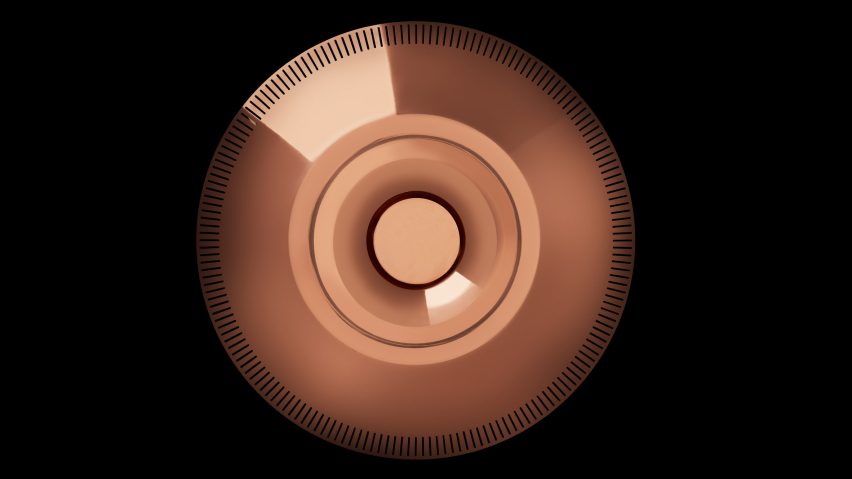
Ilse Crawford updates classic library lamp for Wästberg
Swedish lighting brand Wästberg's has unveiled the W203 Ilumina lamp, designed by Ilse Crawford to "mix beauty with energy efficiency".
Wästberg unveiled the lamp during the recent Stockholm Furniture & Light Fair, alongside other new products by designers including Claesson Koivisto Rune, David Chipperfield and Dirk Winkel.
Crawford's London-based studio was asked to create a modern take on a familiar typology that utilises the latest lighting technologies.
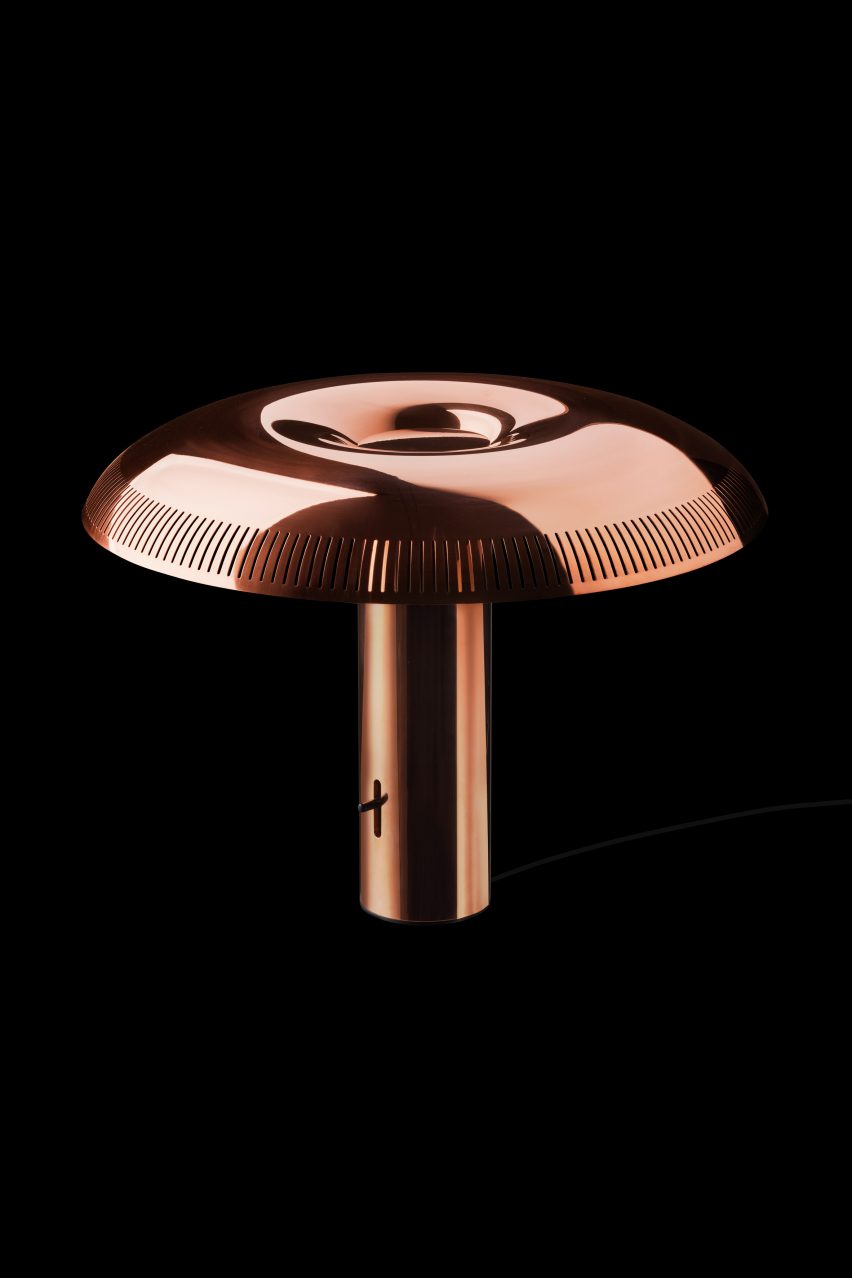
The lamp's simple form is reminiscent of archetypal library or bankers lamps that are often used to provide focused task lighting on a desk or table.
"Wästberg was interested in the typology of a light with character and atmosphere," Crawford told Dezeen.
"We considered the lamps we need, love and use in our projects, and asked ourselves where the opportunity was. This is a category that is well served by vintage pieces but is hard to find in contemporary pieces that mix beauty with energy efficiency."
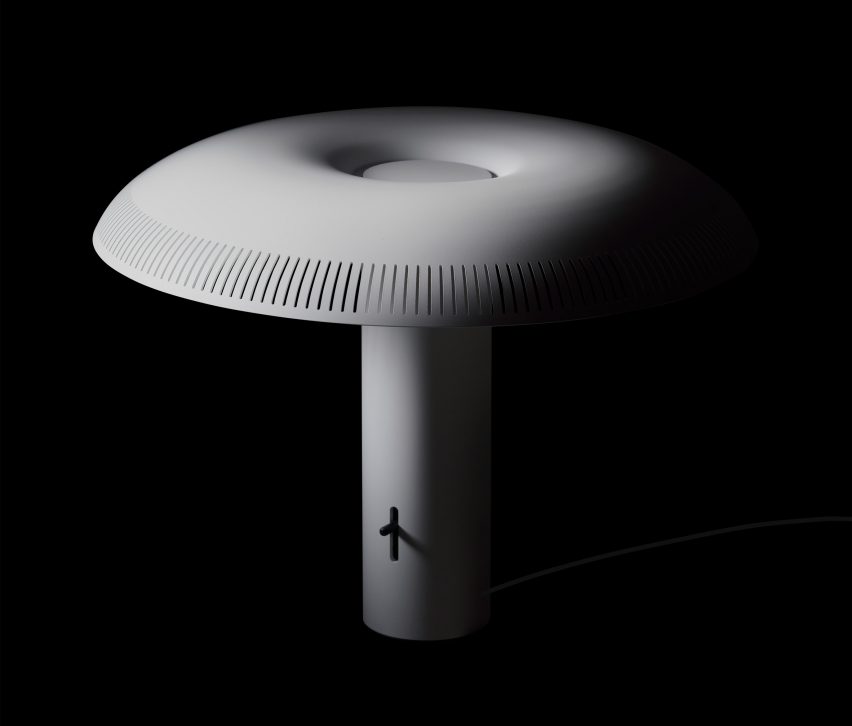
The lamp has a central column containing a hidden LED light source. Light is projected onto a reflector underneath the disc-shaped shade to create an even glow on the table surface.
The product uses a high-frequency driver to provide a flicker-free light that is also dimmable. Linear holes in the shade allow some light to pass through and create a regular slotted pattern around the rim.
Crawford added that the design was carefully developed to provide directed light without any glare, in order to create a warm and familiar ambience.
"Atmospheric light that lights at a human scale – lighting people rather than the building – is critical to creating good environments and a feeling of wellbeing, as is the ability to control the light directly," she explained. "Ilumina integrates this in an environmentally and technically optimal lamp."
The W203 Ilumina is produced in a high-gloss copper finish that will develop a distinctive patina over time, as well as brushed aluminium and eggshell white versions.
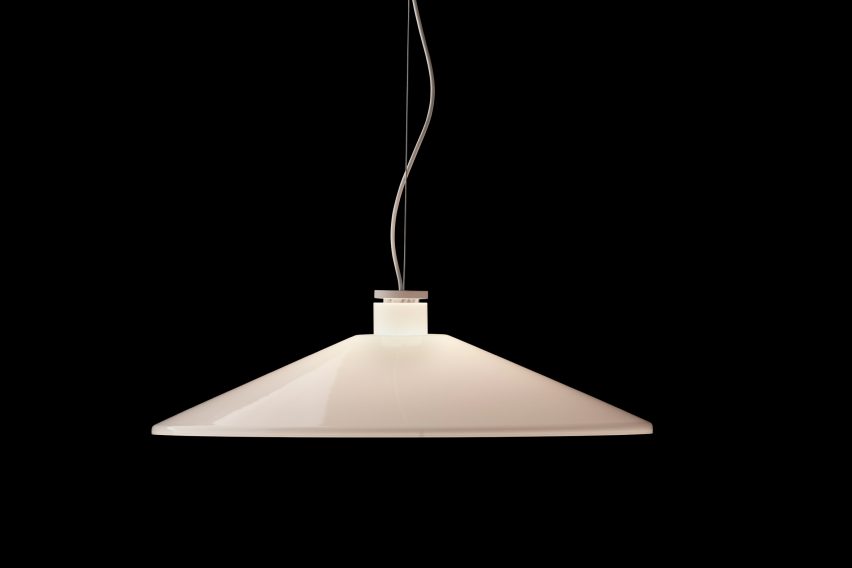
Wästberg also introduced the new W181 Linier pendant at the fair, which uses advanced technologies and intelligent engineering to deliver glare-free linear light.
The slender tubular housing contains 256 individual optical systems, with an LED in each compartment combined with a prismatic diffuser and louvres that shield the light source from view.
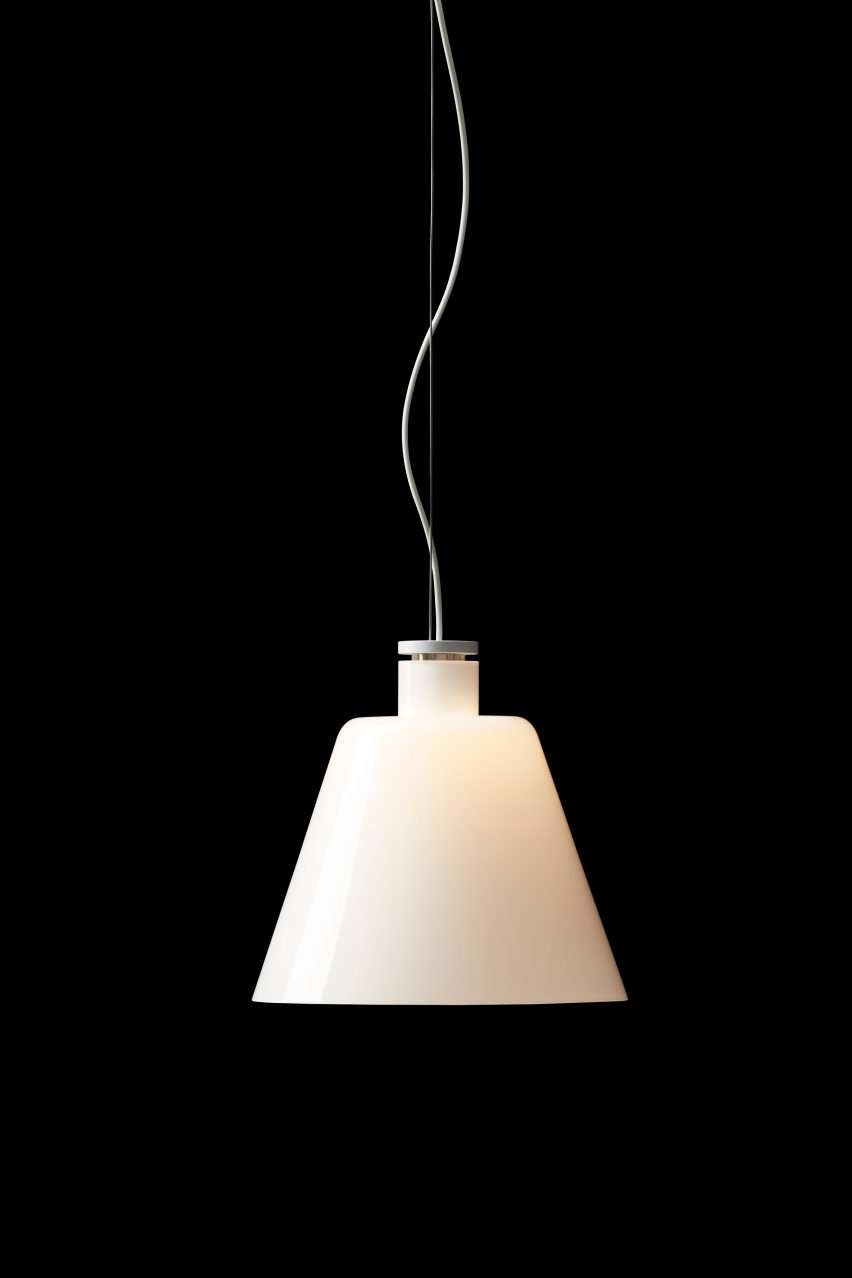
The lamp delivers a warm and well-balanced light onto a table or work surface. Dimming wheels at either end can be used to adjust the light level.
Other new launches included the W202 Halo pendant lamp family by British architect Chipperfield, which comprises three conical, opal-glass shades that celebrate the timeless design of the classic light bulb.
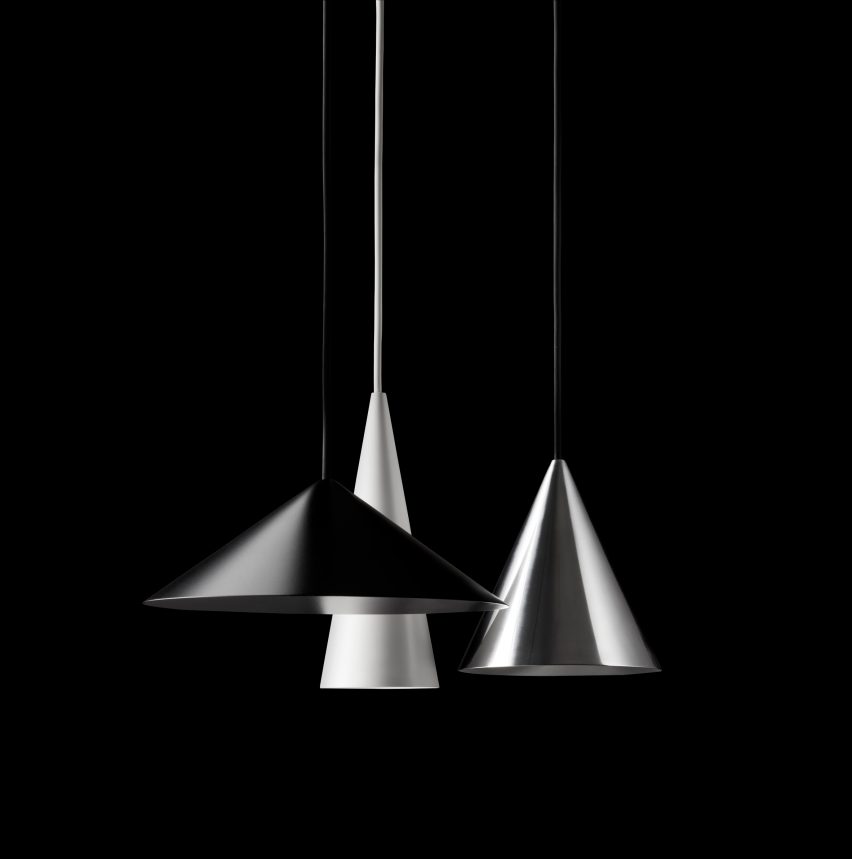
The company also updated some of its most popular products with new versions or accessories, including a USB-C charging device that clips on to the W182 Pastille lamps designed by Sam Hecht and Kim Colin.
Swedish studio Claesson Koivisto Rune reinterpreted its giant conical W151 pendant shades as extra small versions in solid aluminium that can be used to spotlight specific objects or combined to illuminate an area.
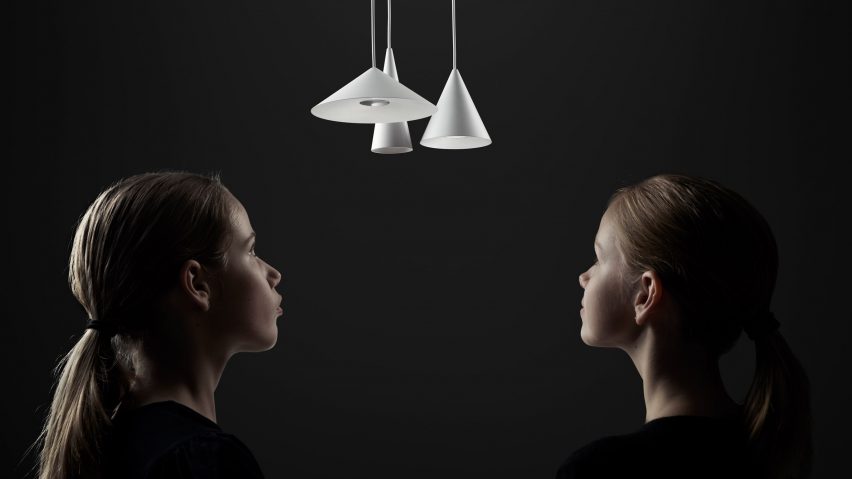
Speaking to Dezeen at the fair, the company's founder Magnus Wästberg explained that his aim is to apply evolving technologies in ways that improve how users experience lighting in their everyday life.
"It's vital to keep the human aspect in mind with light; not only function but also benefit," he pointed out.
"There are certain typologies that just work, but by using new technologies you can really improve the benefit. I'm not into just reinventing stuff and coming up with crazy solutions, I want to refine what already works but do it as well as we can."